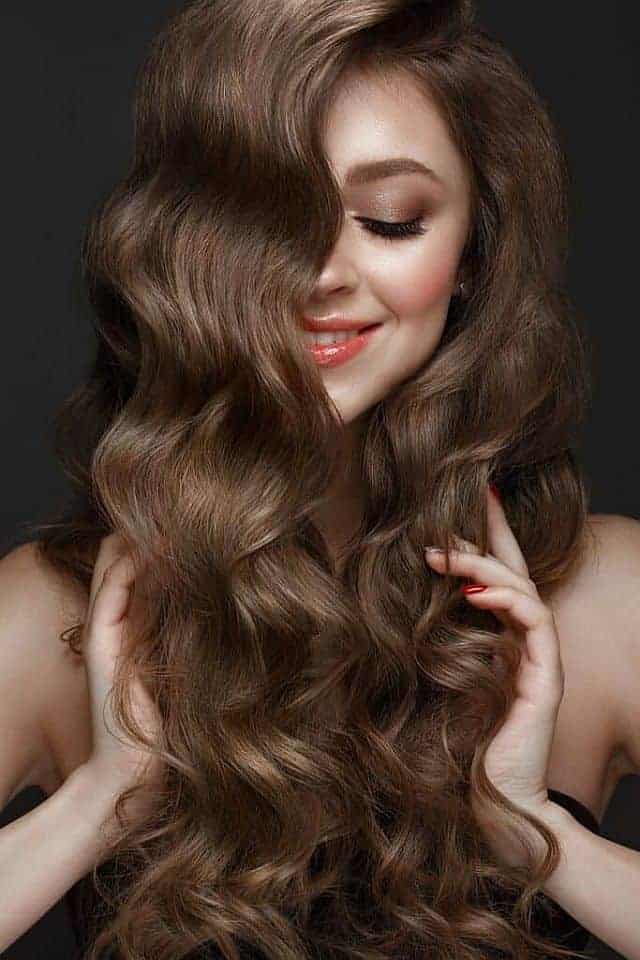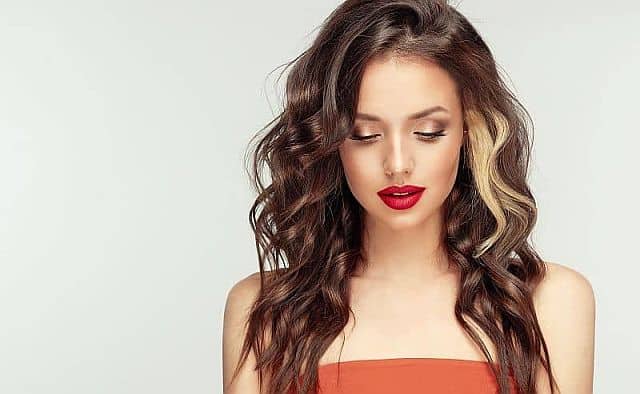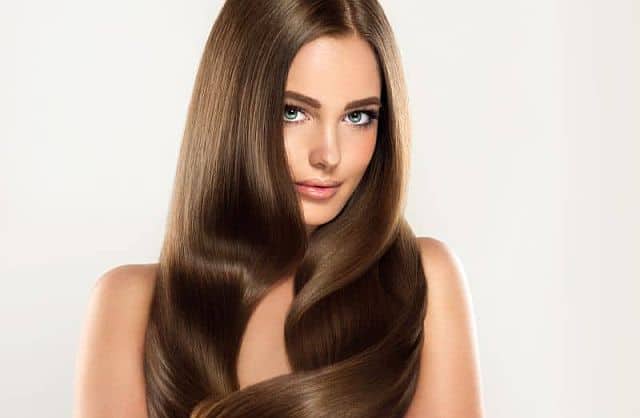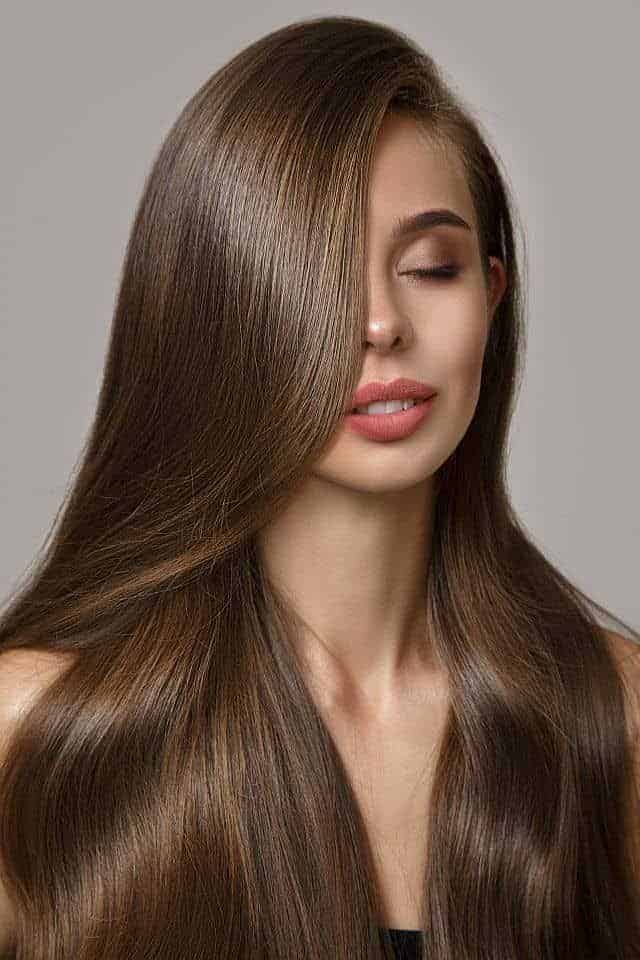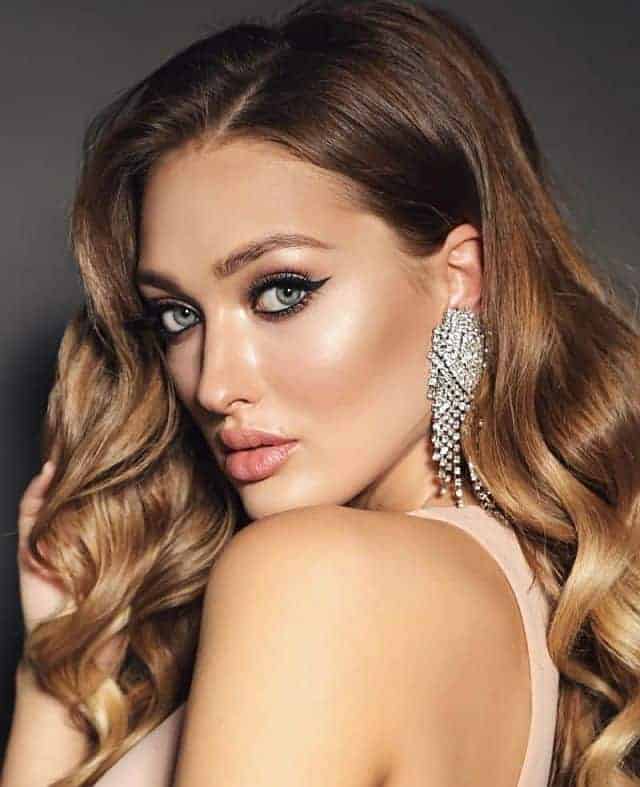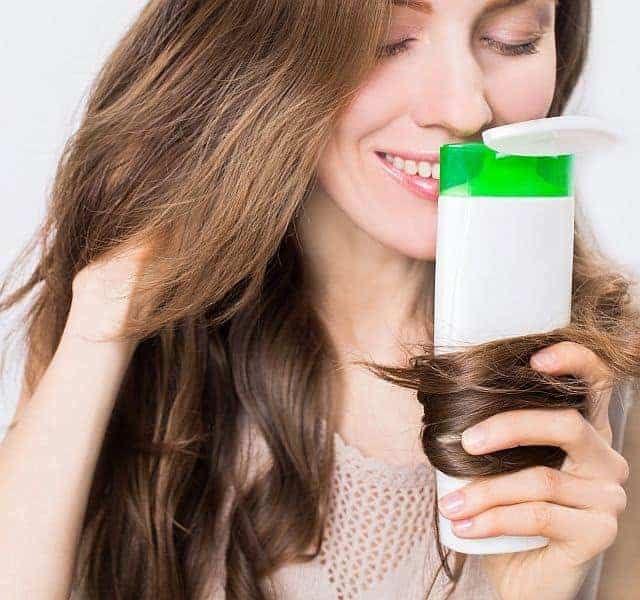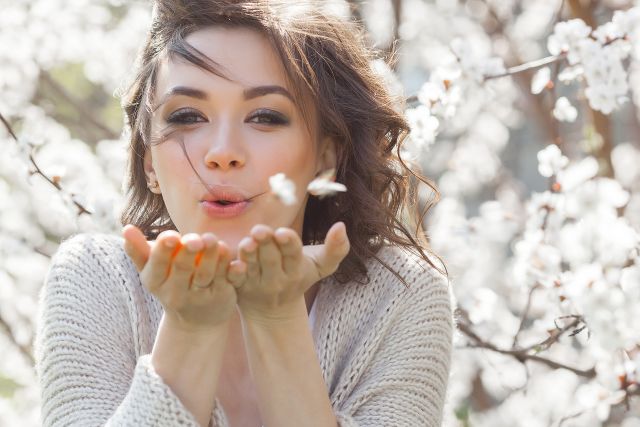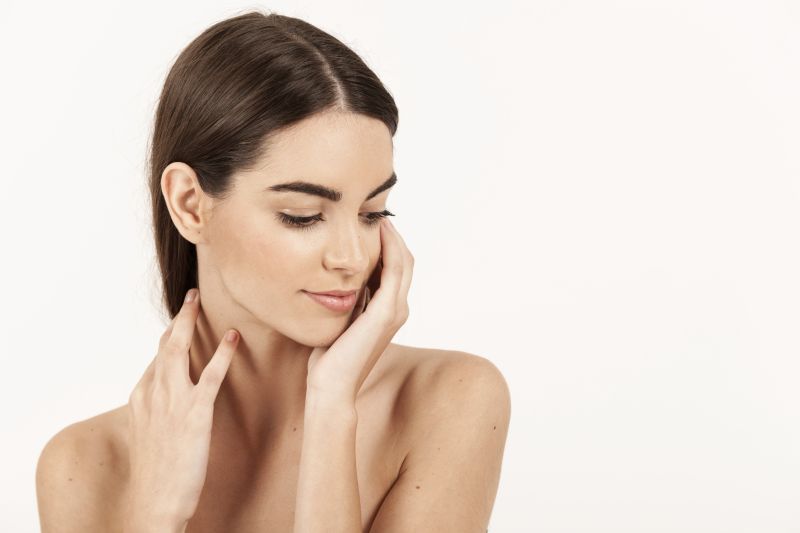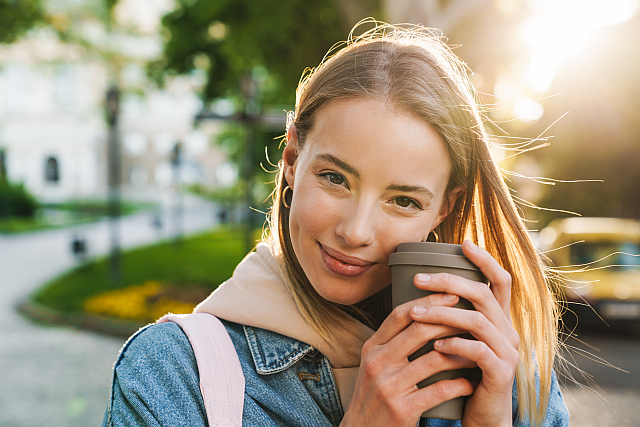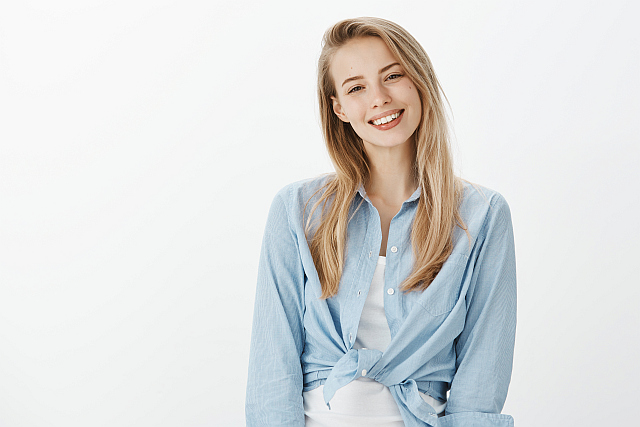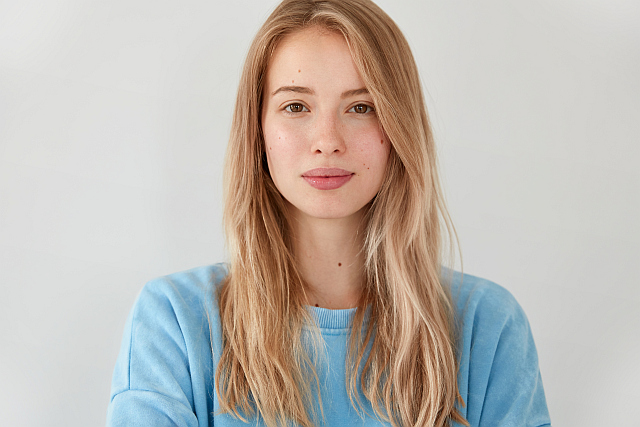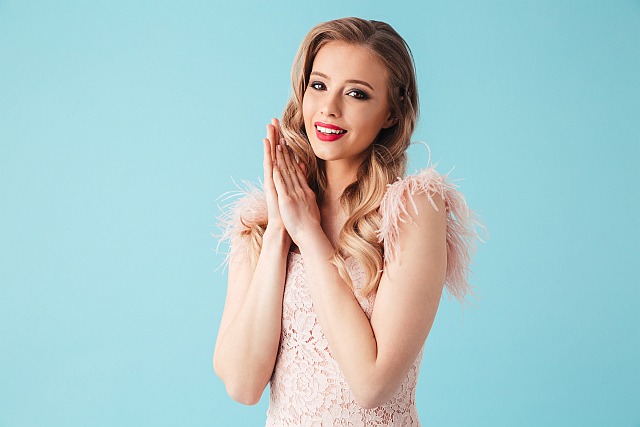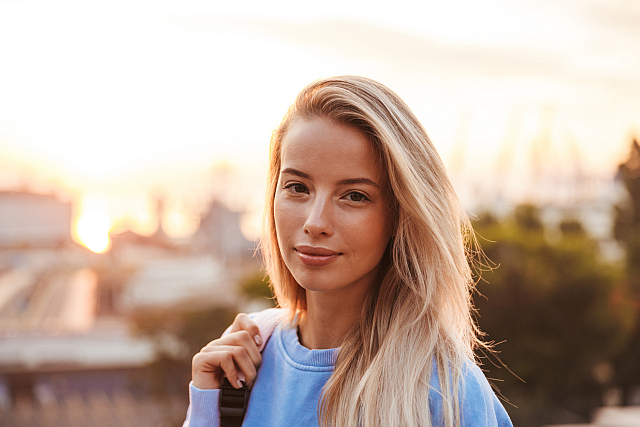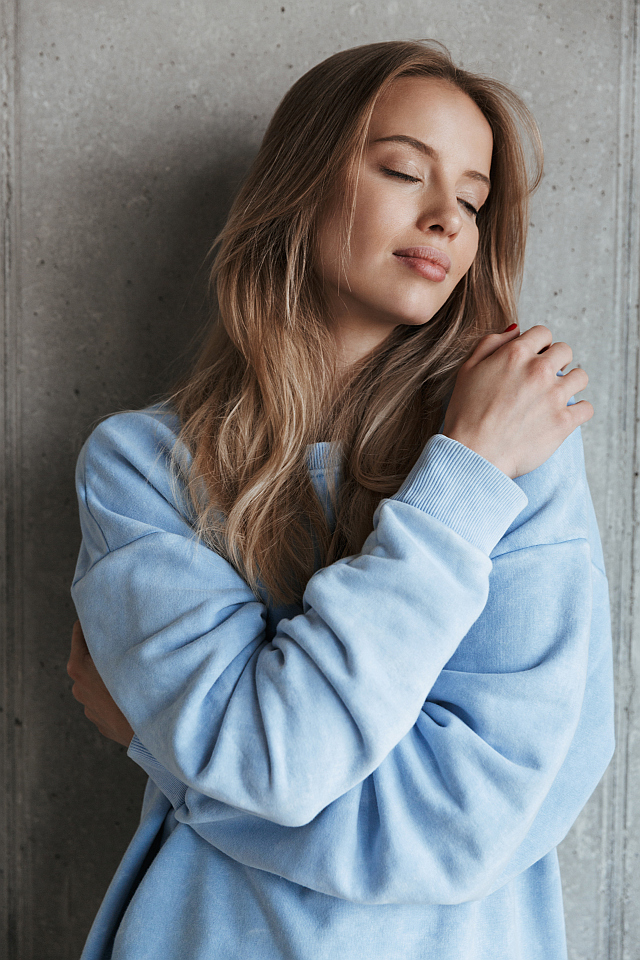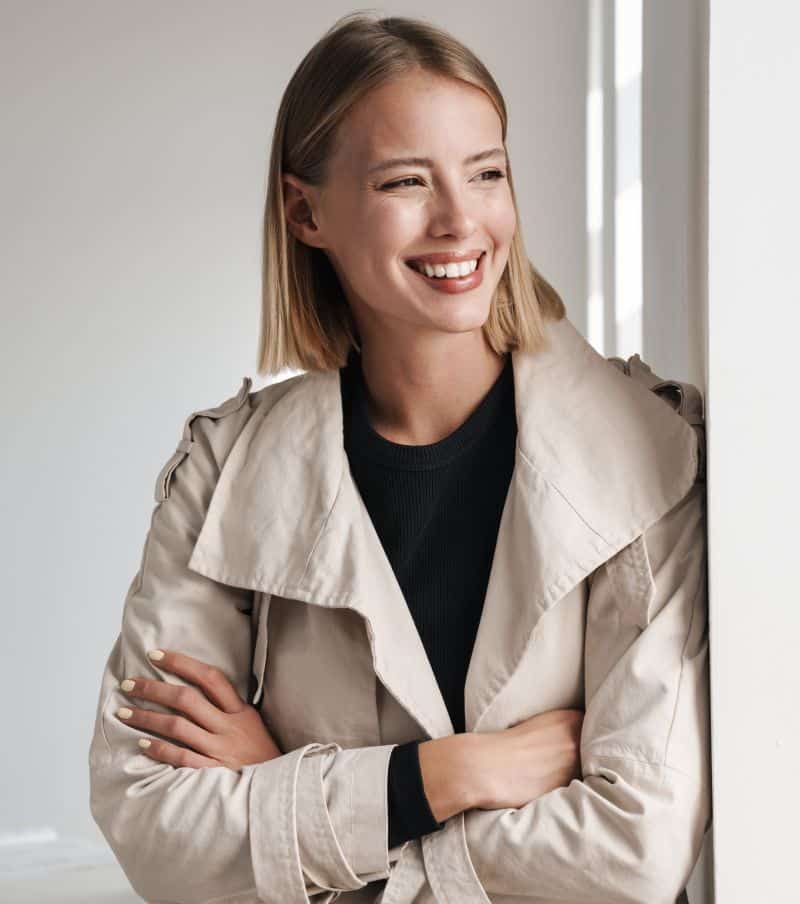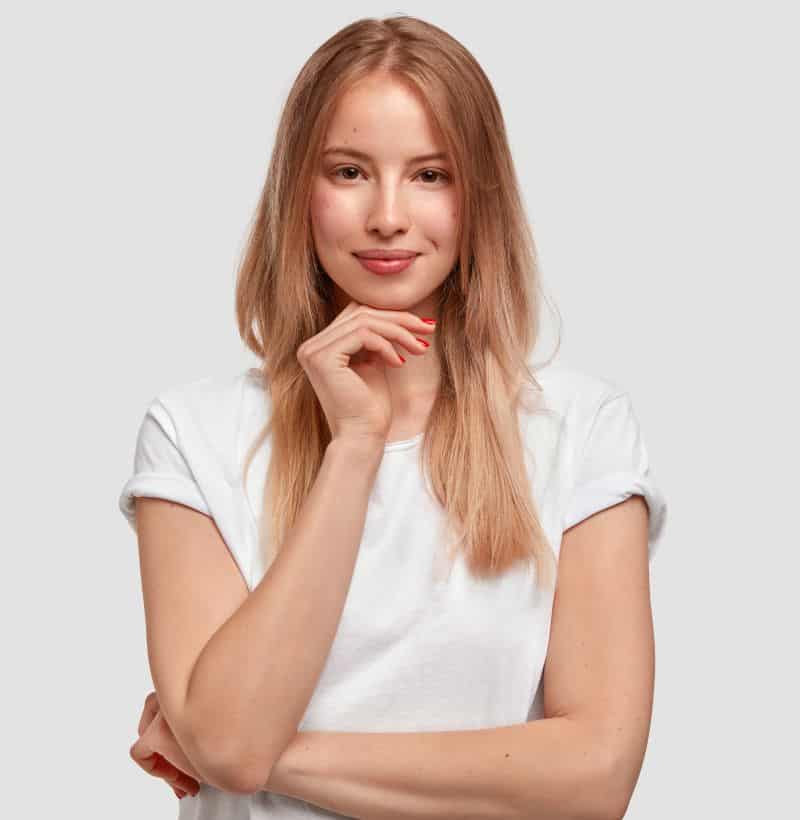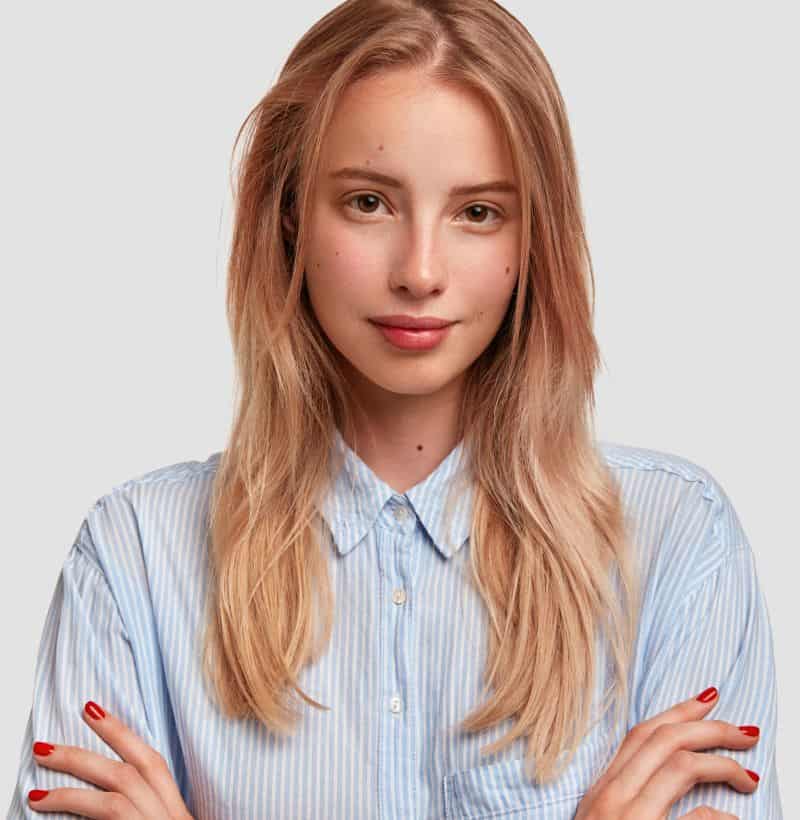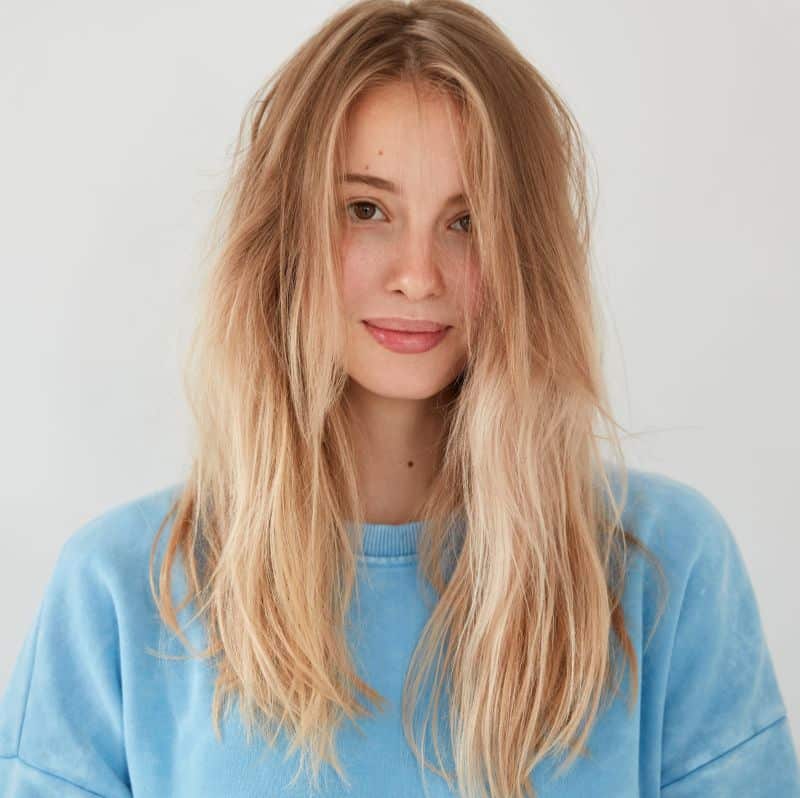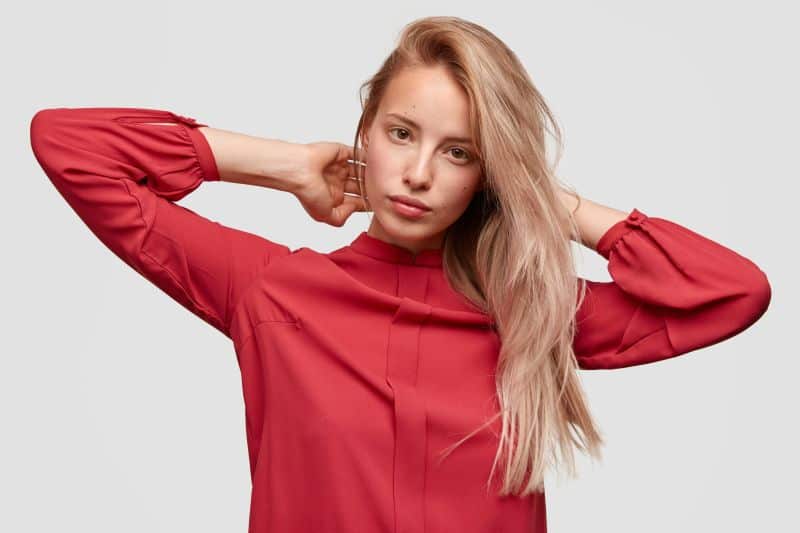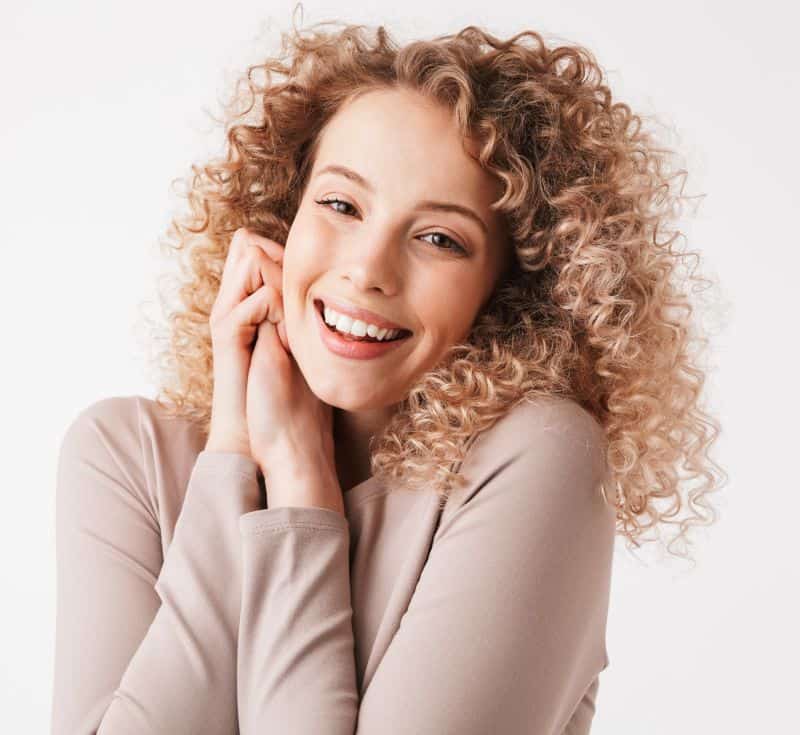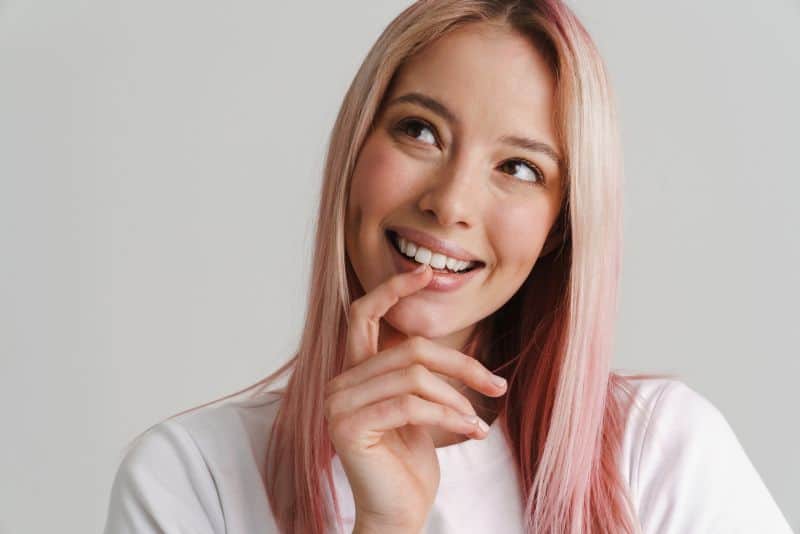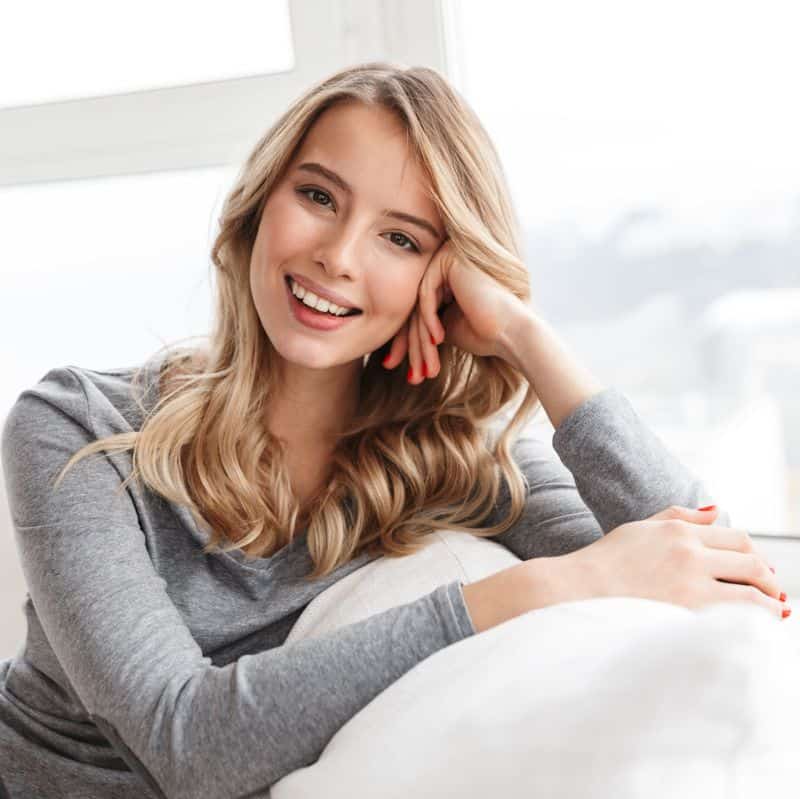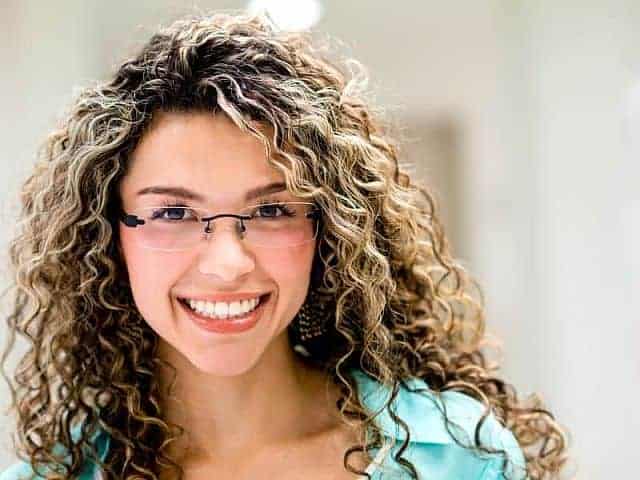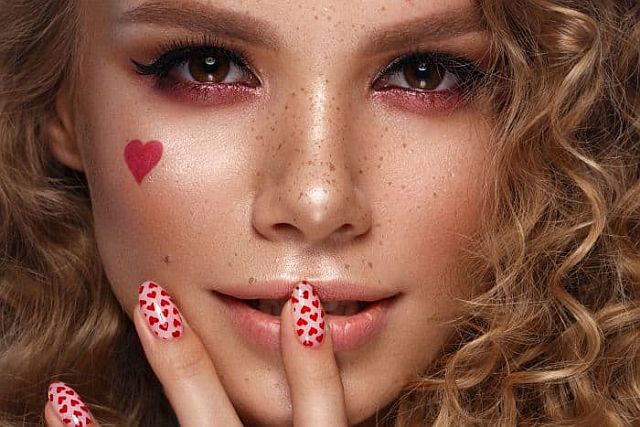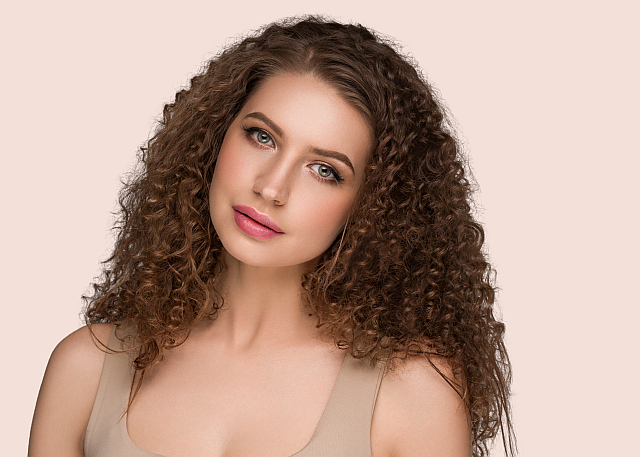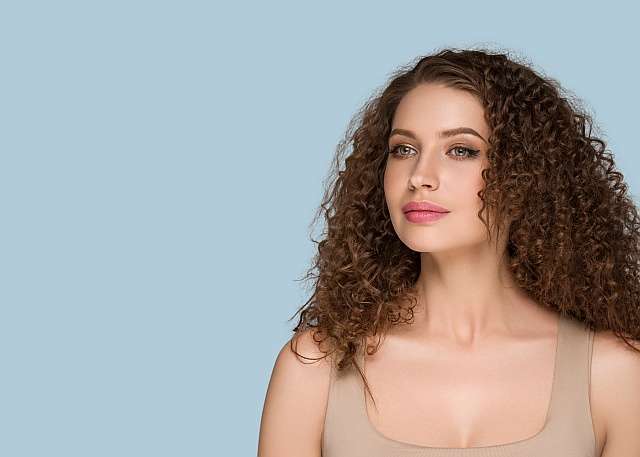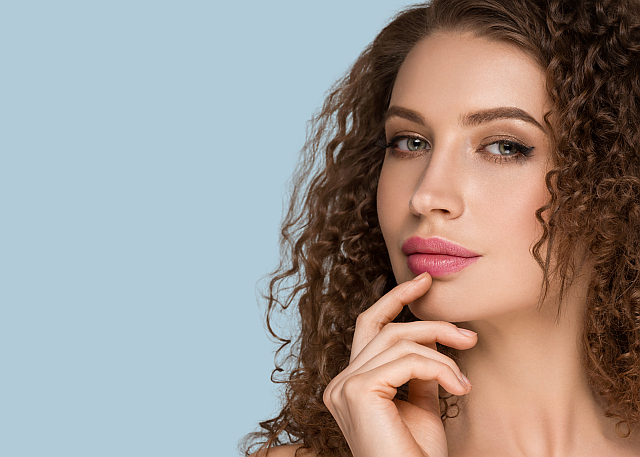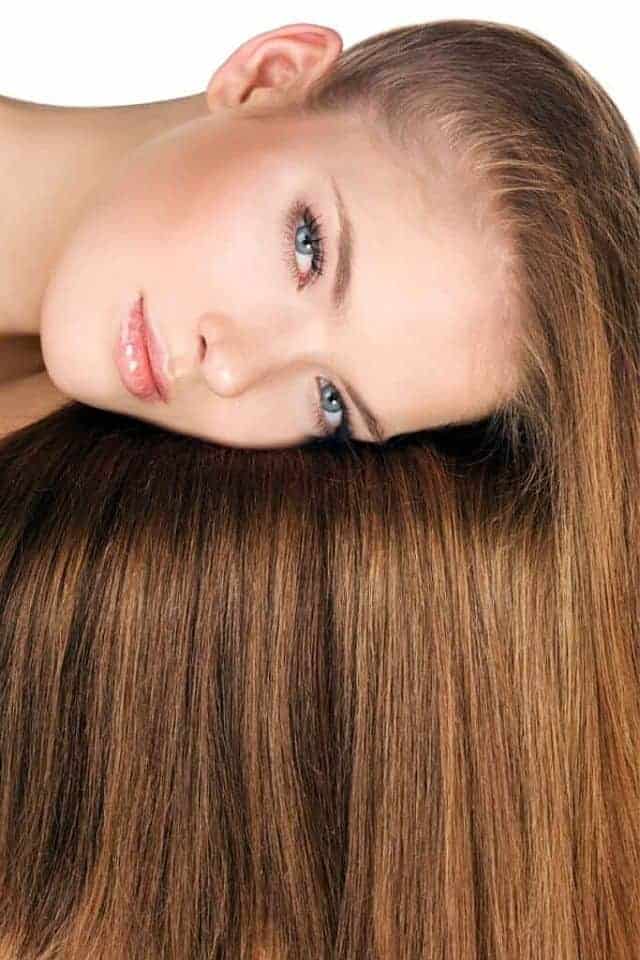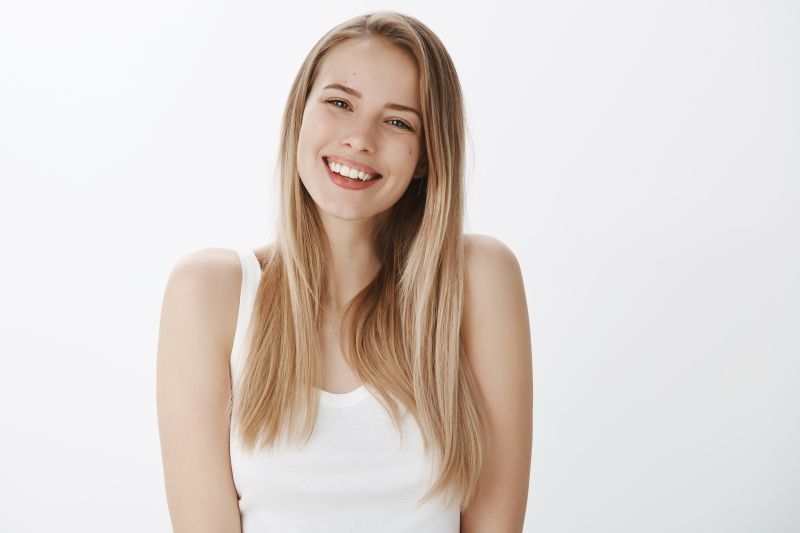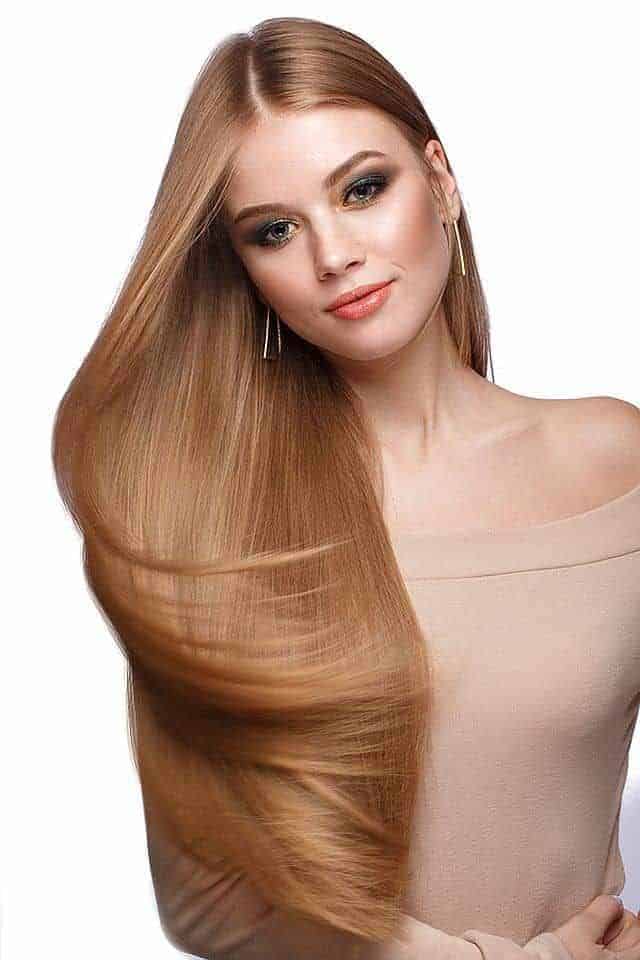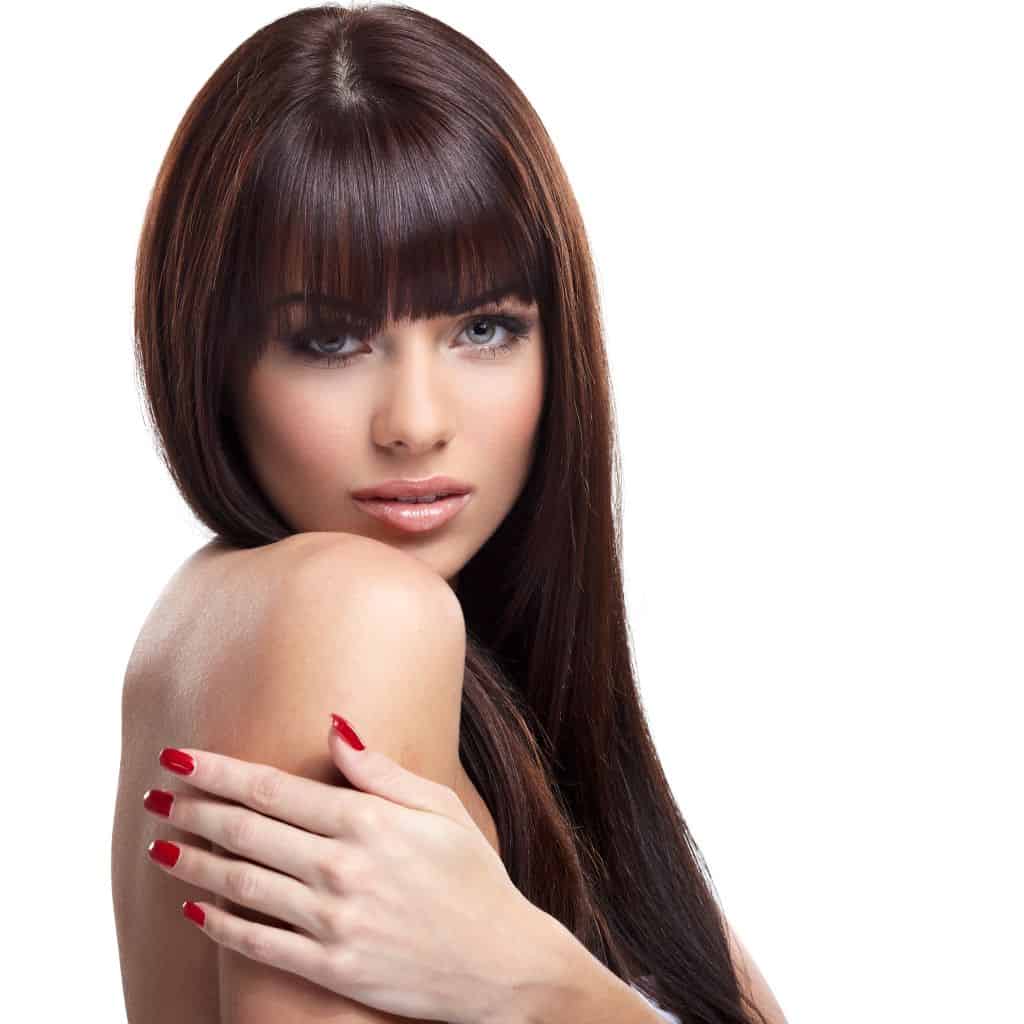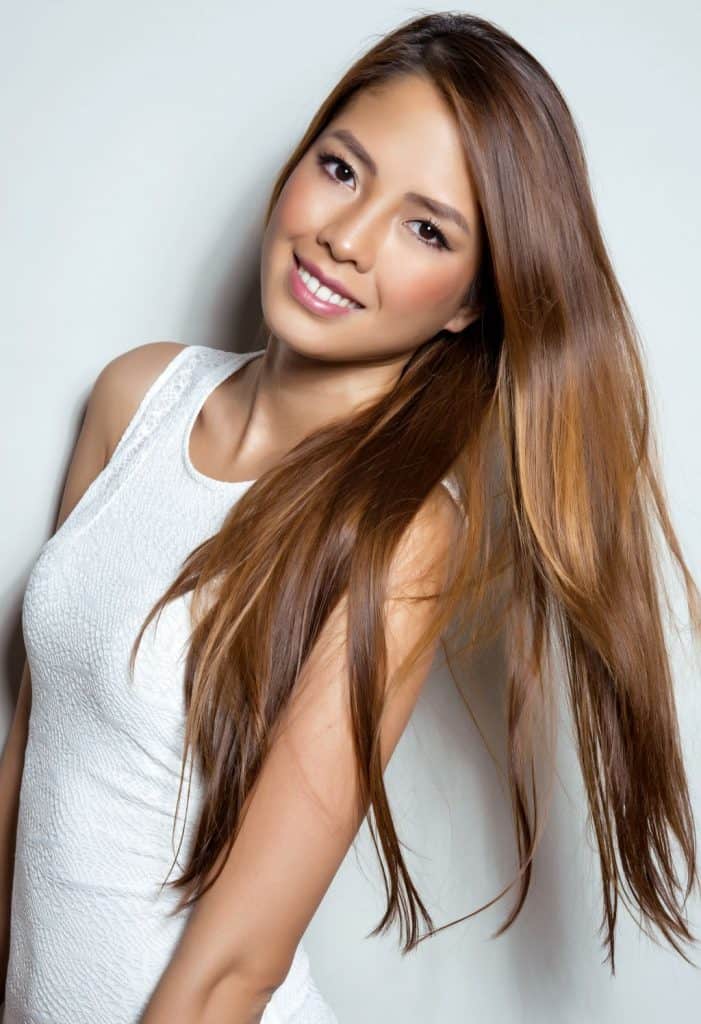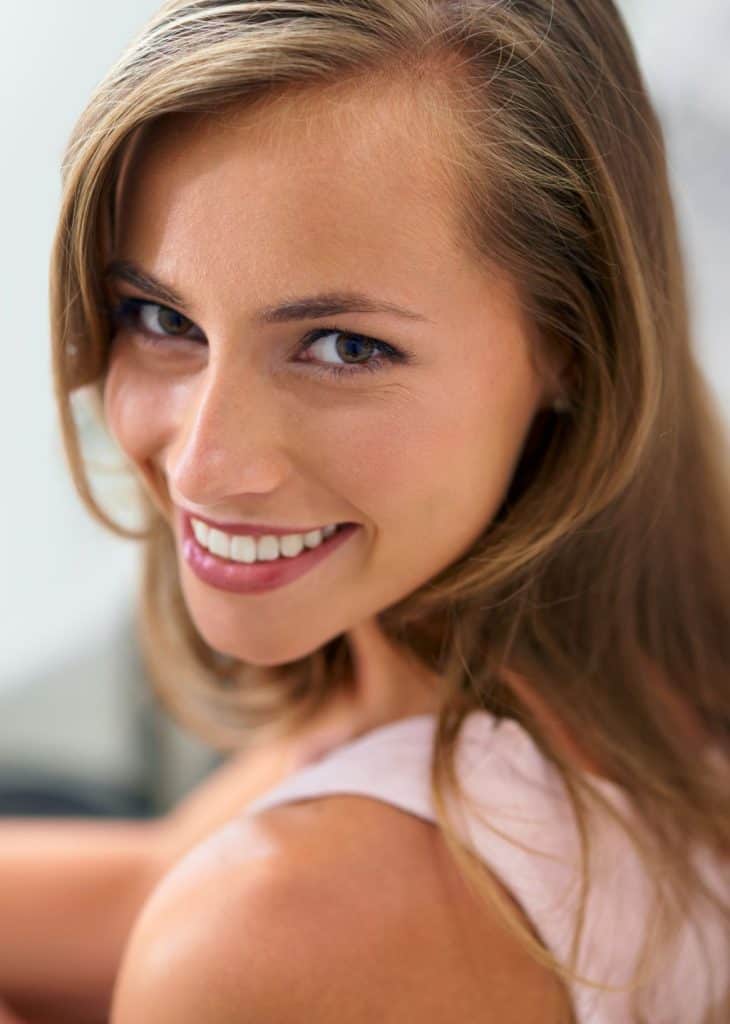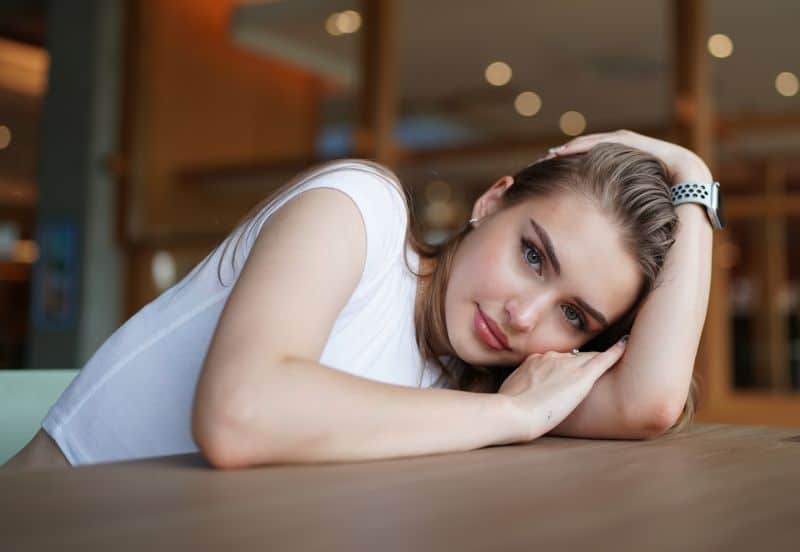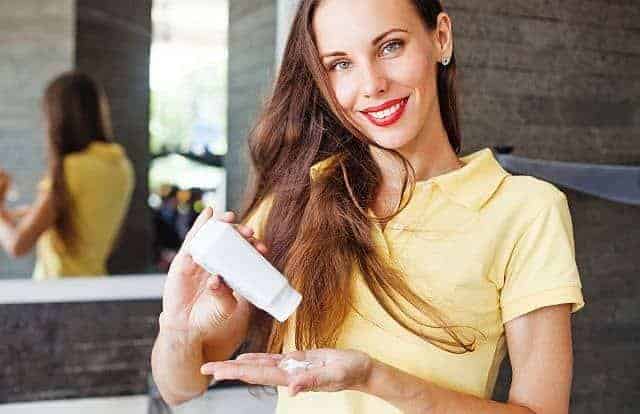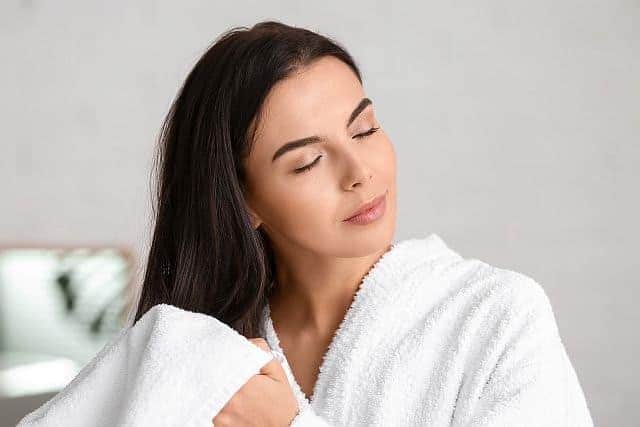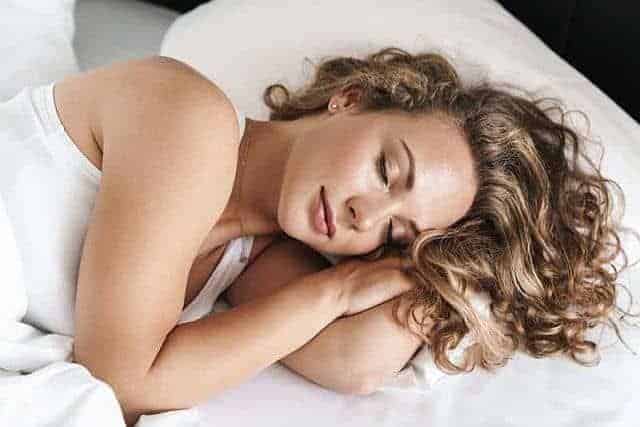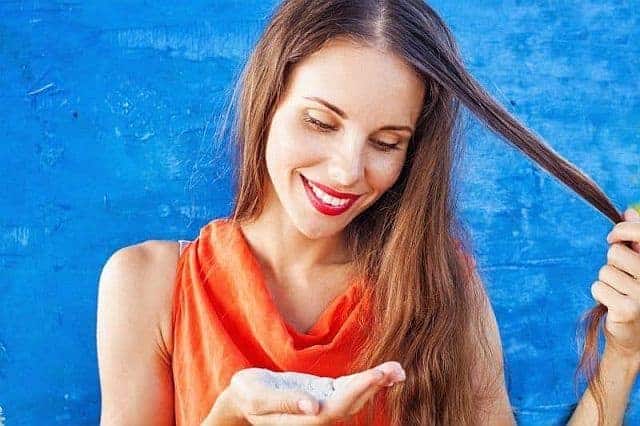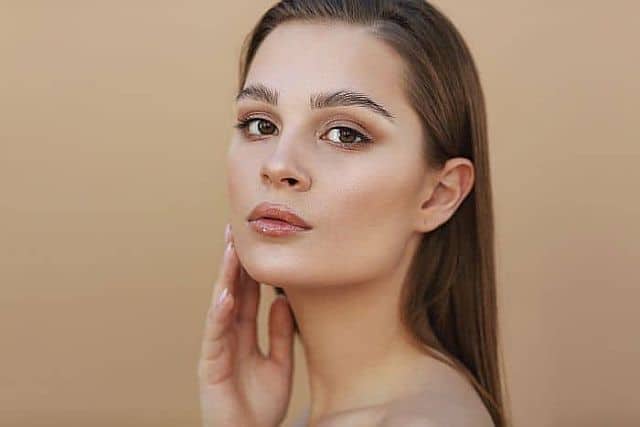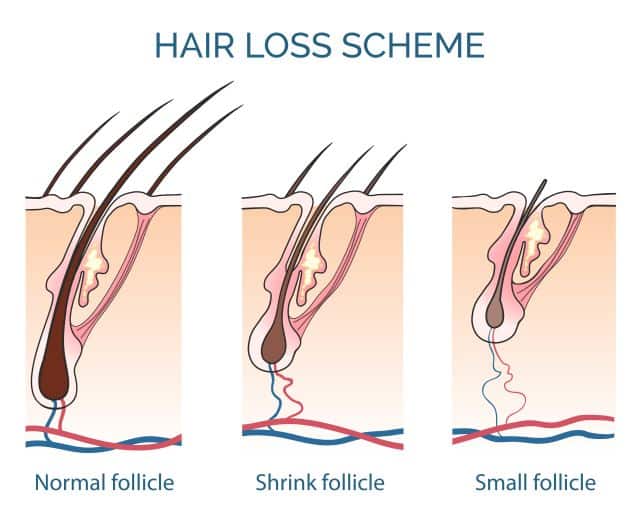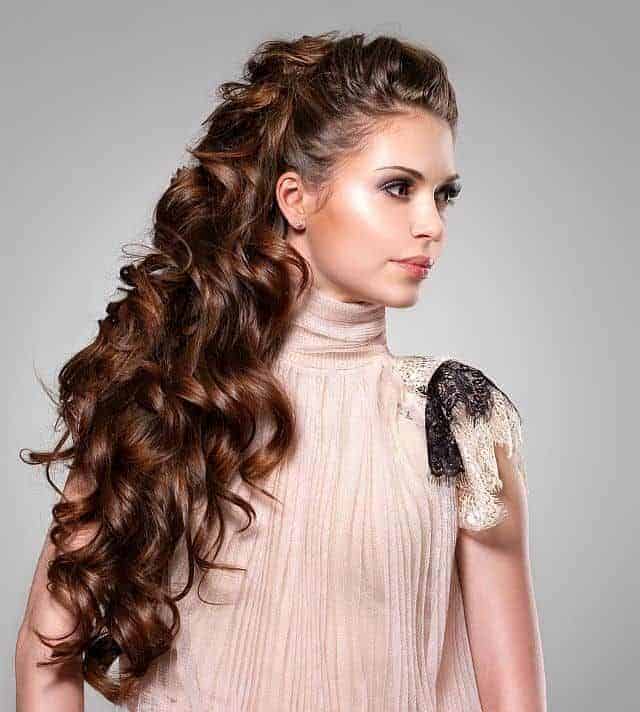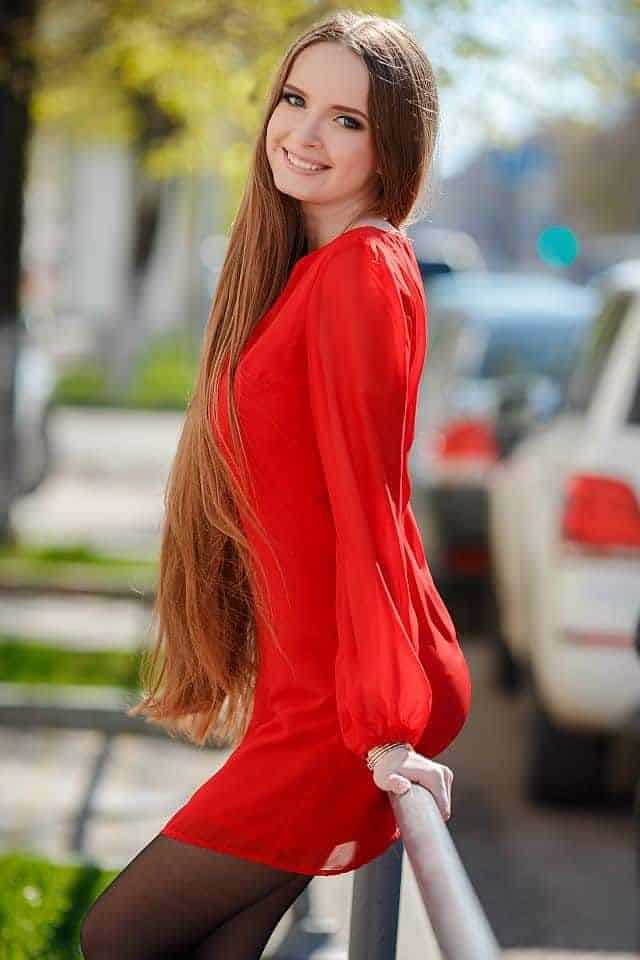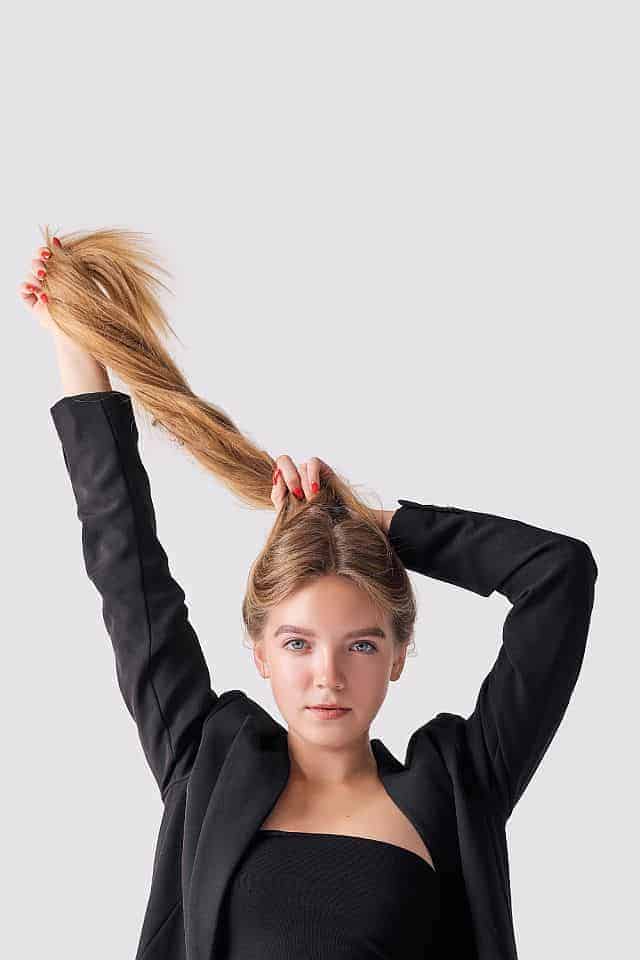Hair glaze refers to a hair treatment that uses lightweight, water-soluble silicones to smoothen and coat the hair cuticle, thus enhancing its shine. The treatment softens and nourishes the hair leaving your strands healthy and shiny.
There are two types of Hair glaze: Clear and Tinted versions. Clear glazes soften your strands, enhance hair’s natural tone, and restore shine to dull hair. On the other hand, color-reviving glazes contain color pigments added to restore and maintain hair color, while adding a translucent coating to the hair shaft.
The effect of the glazing treatment will fade out gradually after washing several times with shampoos.
The Benefits of Using a Hair Glaze

Glosses and glazes are less intrusive than permanent dyes as these shine-enhancing products do not use ammonia and other harmful chemicals.
Hair glaze is a great add-on service that helps to seal freshly applied hair color into each strand, making it bright and glossy, and more long-lasting.
Applying a glaze can refresh faded colors or highlights, postpone further fading, and stretch the time between dye-job appointments.
The glaze puts a protective coating on the hair that shields the hair from external environmental factors that can fade hair color.
Hair glaze will infuse your dull and lackluster tresses with a burst of shine, giving your hair a gorgeous glow.
Hair glazes provide a gentle conditioning treatment for damaged hair; they also fill and smooth the porous cuticles and help the hair look and feel more beautiful.
Hair glaze treatments help minimize frizz and tame puffiness, making your hair soft to the touch and smooth.
At-Home Hair Glaze Treatments
Hair glazing used to be a salon-only treatment, but now you can purchase hair glaze products at your local beauty store and treat your hair at home. This is a great alternative to expensive salon glazing services; you will save your time and money while creating an effect similar to professional glazing services.
These products can be used on all hair types and textures, including color-treated, highlighted, and virgin hair. Hair glazes contain no ammonia or peroxide and they generally won’t harm your hair as long as you stick to the package instruction. They are rather inexpensive, easy to apply and maintain, and just as effective as the ones found at salons.
How to Apply Hair Glaze
In most cases, hair glaze is applied to clean, wet hair and left in for up to 20 minutes before it is rinsed out. Some hair glazes are heat-activated while others contain penetration enhancers that will give you desired results without the use of heat. Generally, hair glazes should be applied using a color brush to ensure that every strand is covered with the product. The product needs to be applied slightly below the roots, paying attention to the ends.
For tinted glazes, it is important to use gloves and thoroughly wash any area of skin that comes in contact with a glaze to avoid staining the skin. Make sure that the product is fully rinsed out from the hair.
Below are several popular home glaze products that will extend the life of permanent hair color and keep your strands silky and shiny for weeks. Keep in mind that the terms “glaze” and “gloss”, as used in these shine-enhancing products, are often interchangeable.
Best At-Home Hair Glaze Products
This post contains links to Amazon. The publisher may get paid if You purchase something through the links without additional costs to You.
1. John Frieda Liquid Shine Clear Hair Glaze
This ammonia/peroxide-free formula enhances hair shine without affecting hair color. It improves texture for silky smoothness by filling in damaged areas inside the hair. This light silicone-based product gives hair a silky and smooth feeling without weighing hair down or leaving a greasy residue. It provides immediate shine, helps tame frizz, and improves the appearance of your hair.
This clear glazing treatment can be used to boost hair shine for every shade of color-treated, highlighted, or natural hair. It is easy to use and makes no mess in the shower. It can be left in the hair for several minutes after your shampoo and conditioner or can be used once a week as a 20-minute shine enhancement treatment.
2. John Frieda Brilliant Glaze for Brunettes
This ammonia-free formula contains a blend of mild semi-permanent dyes and shine boosters, to add a hint of glossy brown color and extend the life and tonal richness of brunette hair.
Benefits:
- Gives a youthful look and shine to dull brown hair
- Enhances hair color, keeping the highlights bright and shiny
- Extends the life of hair color and prolongs the time between salon appointments
- Turns gray hair into a natural-looking blonde color
- Leaves hair soft and manageable
- Results intensify with each application
3. Sebastian Cellophane Clear Shine (Walmart)
The hair cellophane uses silicon-based polymers to seal cuticles and add a beautiful shine to your hair. It won’t deposit any color in your hair. However, this treatment will likely make your color last longer and appear more radiant. Your hair will feel smoother and silkier, especially if your strands are chemically processed and look dull. The treatment also helps tame frizz and flyaways.
It can be used with good results on relaxed or Japanese straightened hair.
The treatment lasts for about 12 washings and fades away with each shampooing. Once needed, you can reapply it.
How to use: Clear cellophane is easy to use at home, while the colored version should be applied by a professional for best results.
If you use a clear treatment, you can apply it either with your hands or with a dye brush. Apply to partially dried hair (about 75%), using enough product to cover every strand. Put on a shower cap and apply heat for 20 -30 minutes. By applying heat you will activate the product to give you the best results.
Let your hair cool after removing the shower cap, then rinse with lukewarm water.
Update: Read the ingredient list carefully to make sure that the formula doesn’t include parabens.
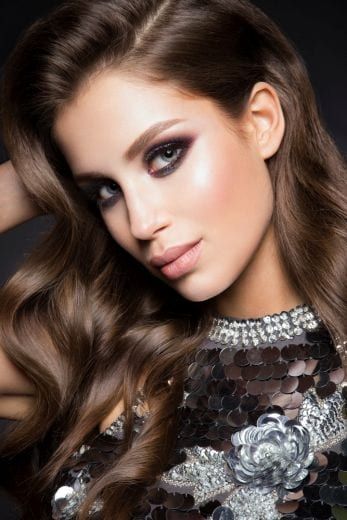
4. Clairol Professional Radiance Color Gloss (discontinued)
This semi-permanent hair color comes in 21 glamorous glosses. It is used to revive color and add shine to color-treated hair or to enhance and brighten natural hair color. It helps to eliminate yellow tints from lightened hair.
The formula is free of ammonia and gentle on your hair. It has to be mixed with a developer before application. It takes 15-20 minutes to process depending on if you use heat or not.
This shine booster is suitable for colored, permed, or relaxed hair. It works great for hair that looks dull and lifeless, making it look healthy and shiny for up to six weeks. The product will gradually wash out of your hair during that time.
5. Mark Hill Only Takes a Minute 60-Second Detox Gloss Treatment
This creamy, sweet-smelling formula contains Argan Oil, Sea Silk, and vitamins to moisturize and protect your hair while adding shine. You can use it in place of a conditioner, so it saves you time. The product is advertised to take just one minute, but you may want to leave it for a few extra minutes to ensure a deeper condition. The treatment leaves hair moisturized, shiny, soft, and easy to style. If your hair is in good condition, you only need to use it once in a while.
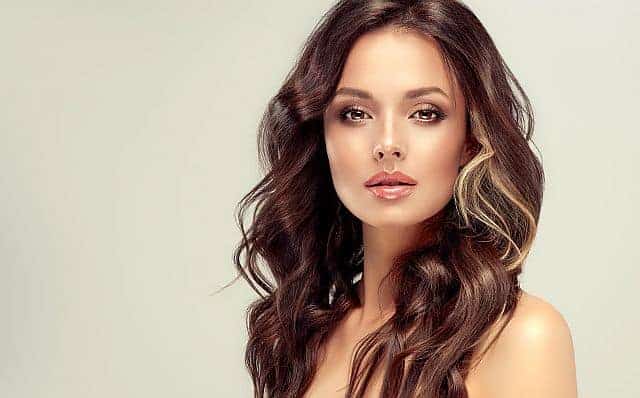
6. Shu Uemura Color Lustre Cool Blonde
This post-shampoo toning treatment restores the vibrancy of blonde hair, refreshes platinum tones, and takes off unwanted yellows and warm tones from blonde hair. It subtly deposits color pigments to prolong the intensity of your color and prevent fading between salon visits.
It is free of ammonia and silicone and is enriched with Linseed Oil and Musk Rose Oil to nourish and hydrate your locks and keep hair soft, shiny, and manageable.
It is an expensive product, but it will last for an extended time as you only need a little drop of it per time. The tube lasts for approximately 12 applications, depending on the length and thickness of your hair. To keep your hair in a perfect blonde shade, you need to use it after every 2-3 shampoos.
Apply the treatment to towel-dried hair and leave it on for 5-10 minutes.
